
Although Tiny, Peatland Microorganisms Have a Big Impact on Climate
Leveraging a new genome annotation tool, researchers identified ‘talented’ microorganisms with genes for transforming polyphenols in peatlands.

Leveraging a new genome annotation tool, researchers identified ‘talented’ microorganisms with genes for transforming polyphenols in peatlands.
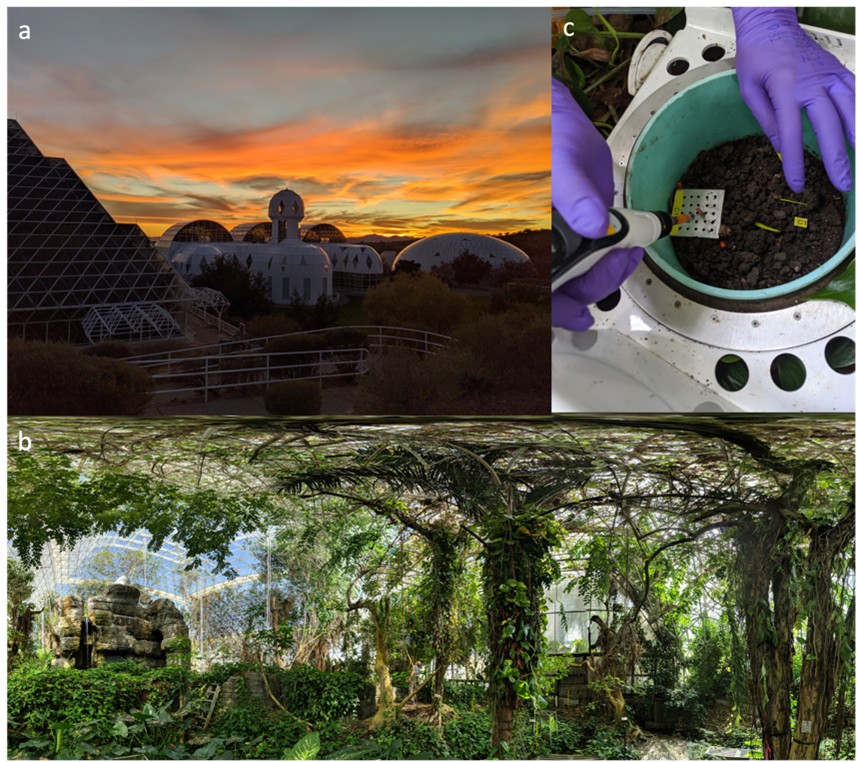
In a warmer world, microbes in drought-stricken soils convert less carbon to carbon dioxide and more to volatile intermediates.
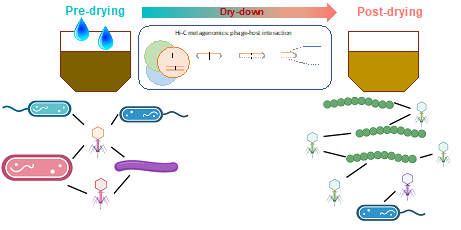
The first application of High-Throughput Chromosome Conformation Capture (Hi-C) Metagenome Sequencing to soil captures phage-host interactions at the time of sampling.

Scientists find interactions between organic matter in river corridors and microbial communities, highlighting potentially important microbes and chemicals
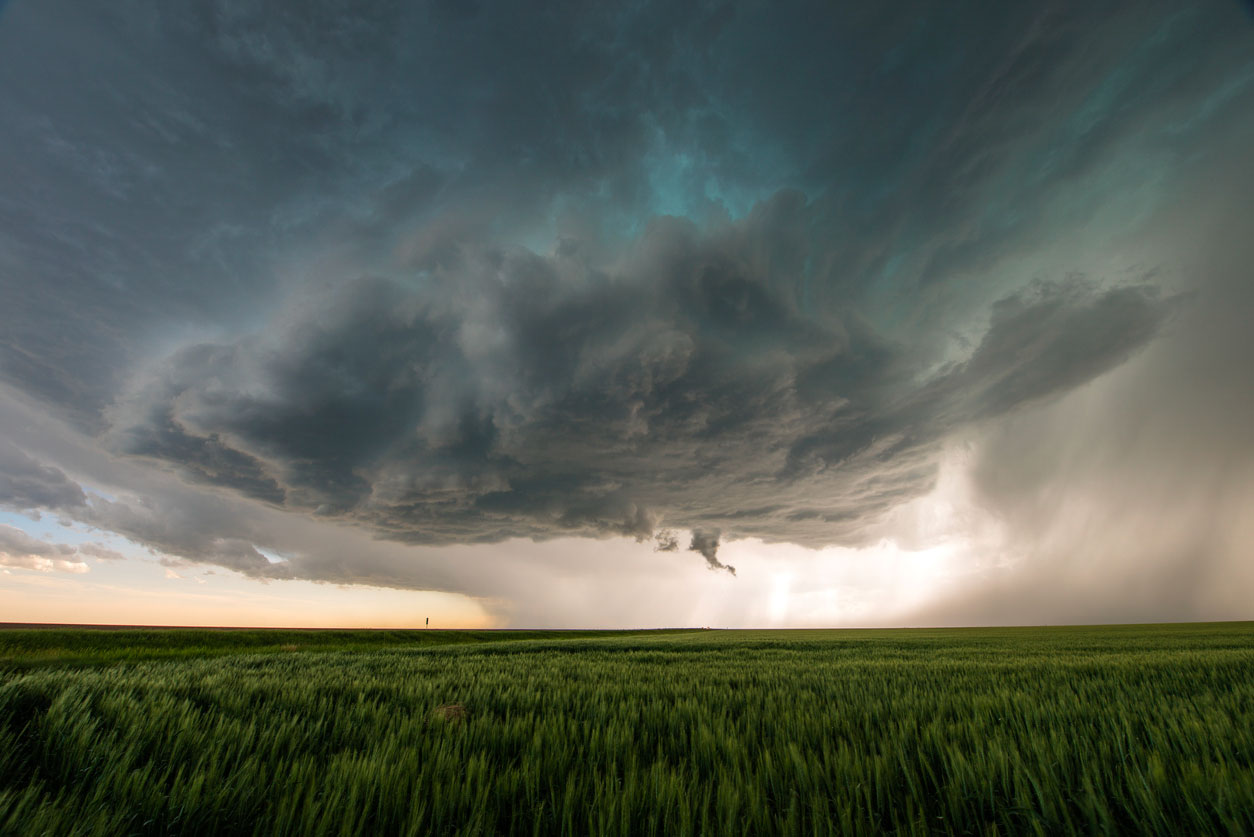
Researchers identify previously uncharacterized aerosols over an agricultural region in Oklahoma.
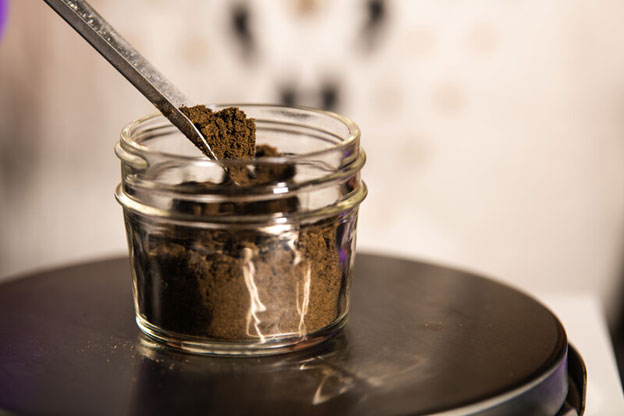
Even microbes that can’t break down a plentiful food source can still be successful by interacting with fellow community members.
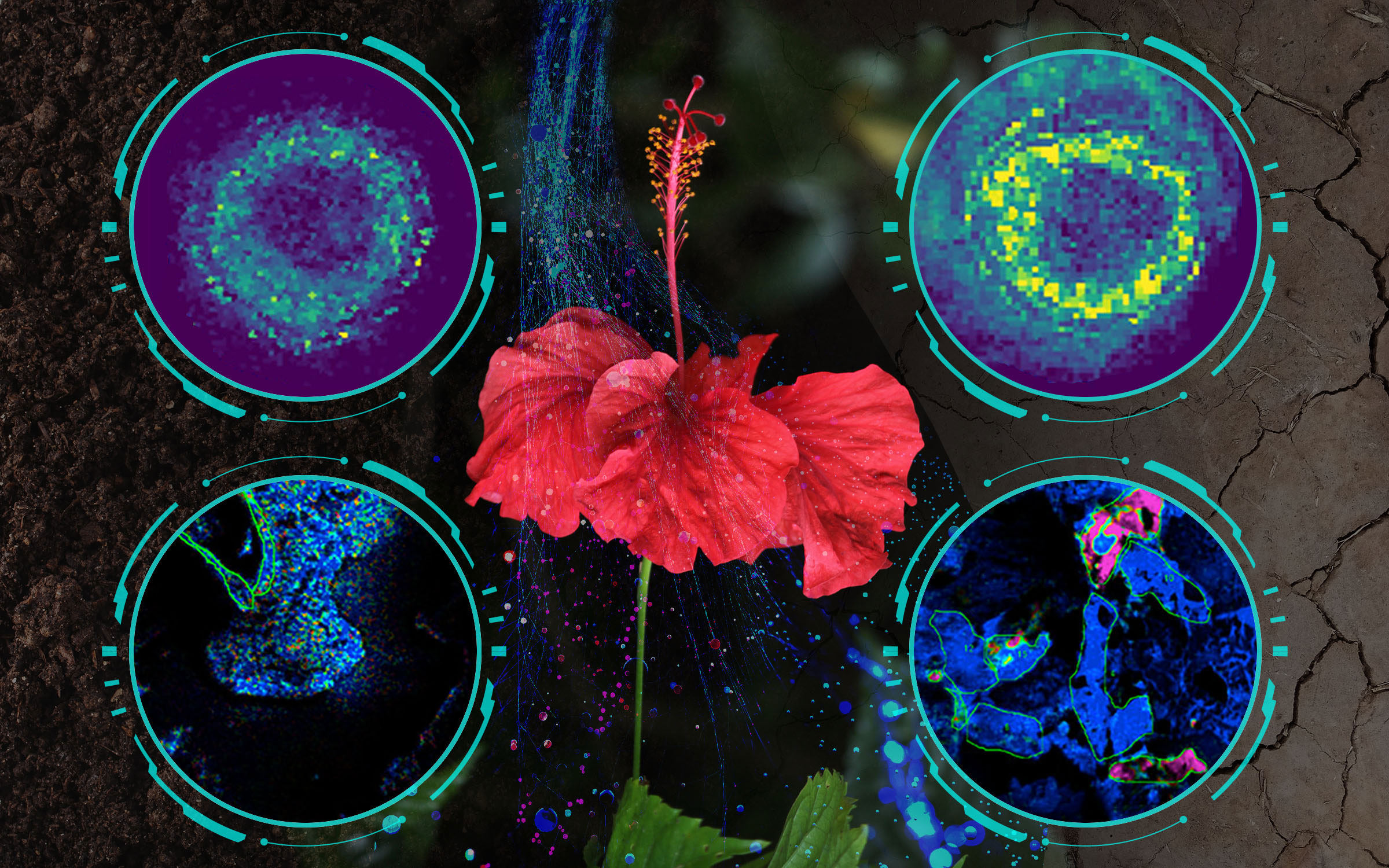
Using a novel combination of advanced research techniques, scientists show how the roots of various tropical plants react to harsh conditions.
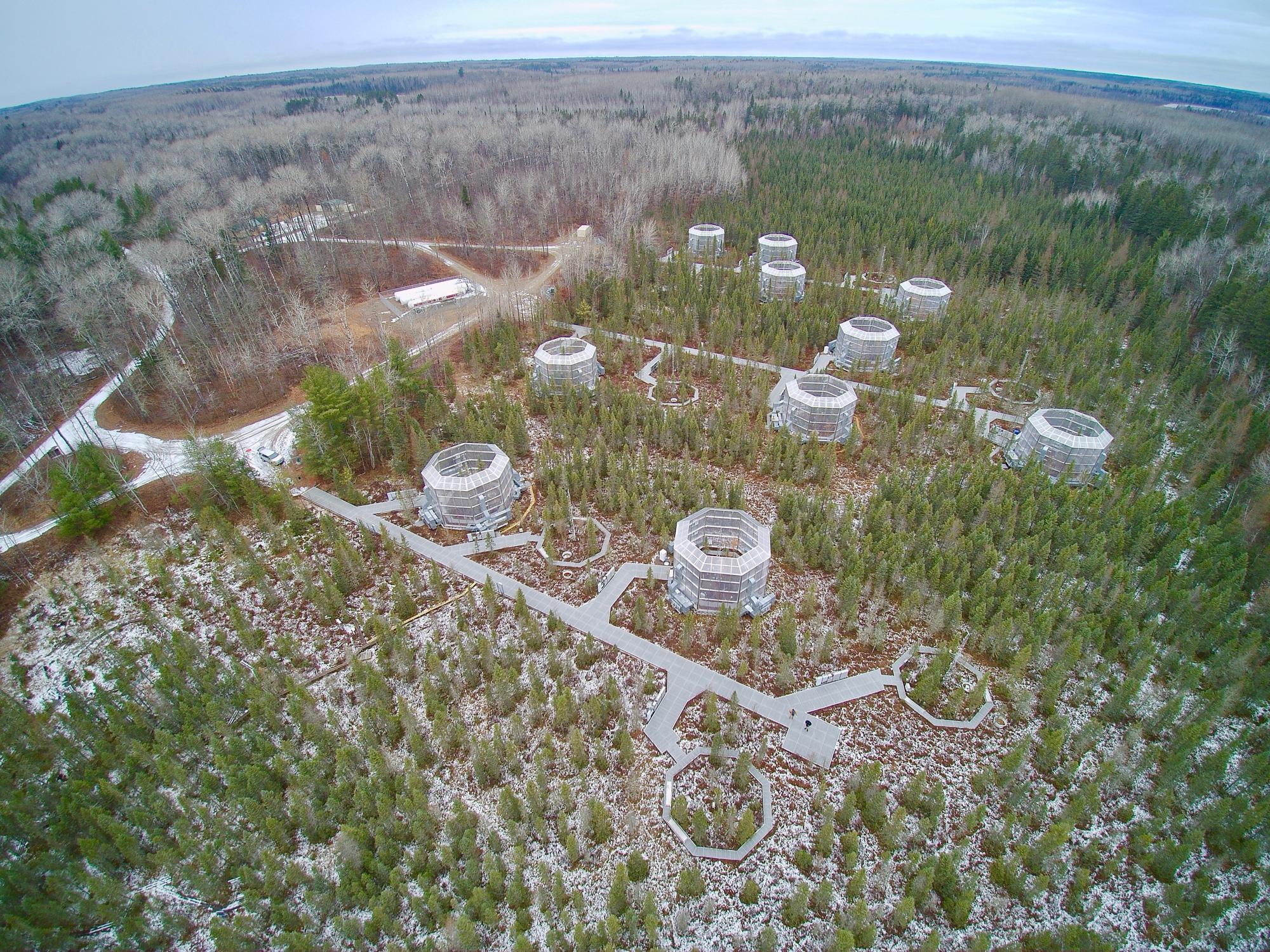
Warming stimulates methanogenesis fueled by the release of plant metabolites.
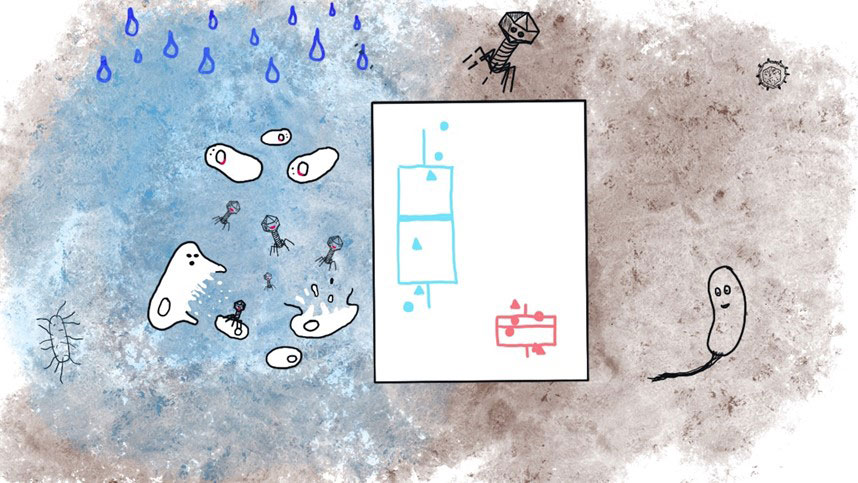
Soil moisture influences the activity of soil DNA viruses and the composition and abundance of RNA viruses.
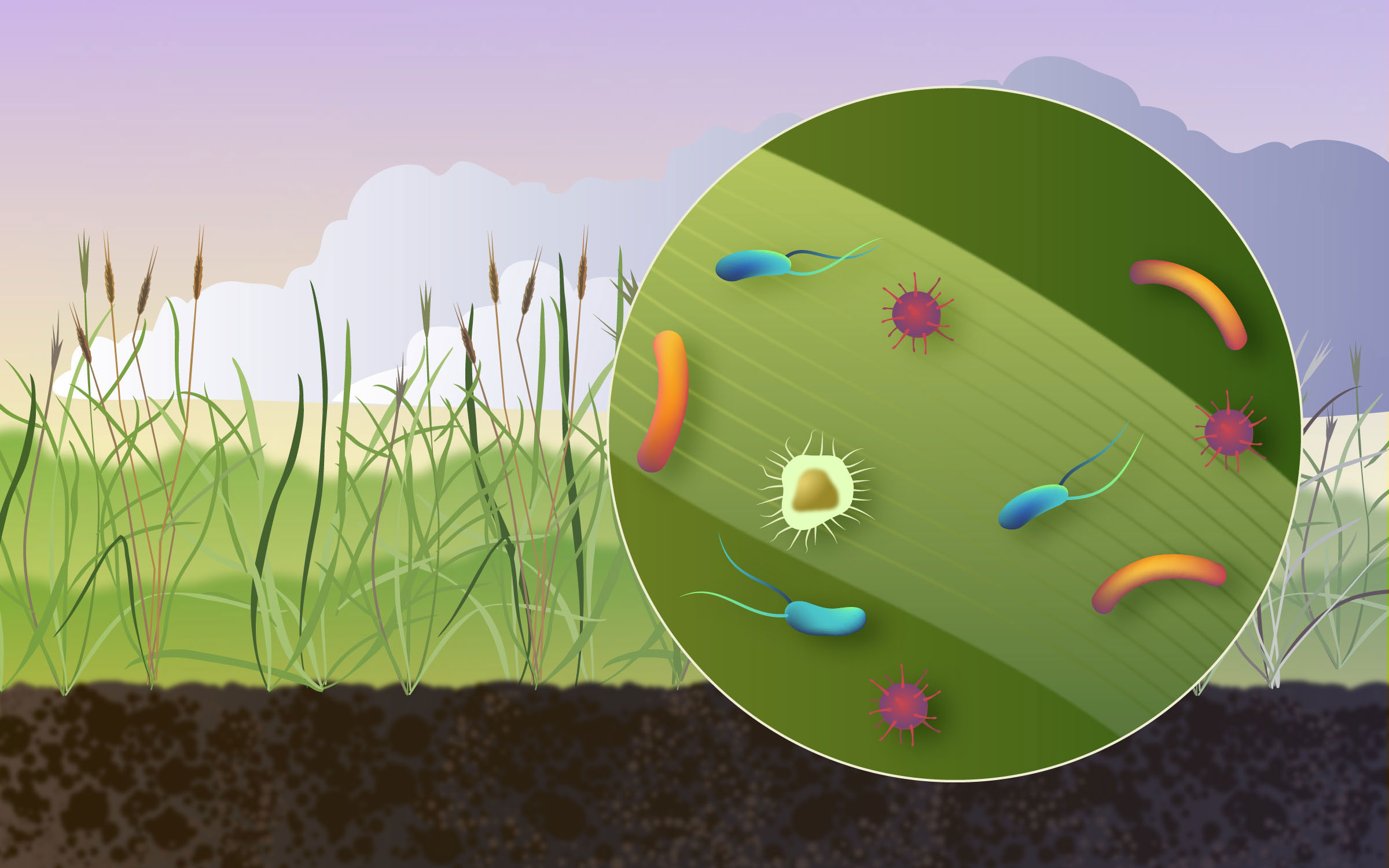
Researchers find that fungal spores are most abundant during initial growth, while bacteria predominate during flowering and fruit development.
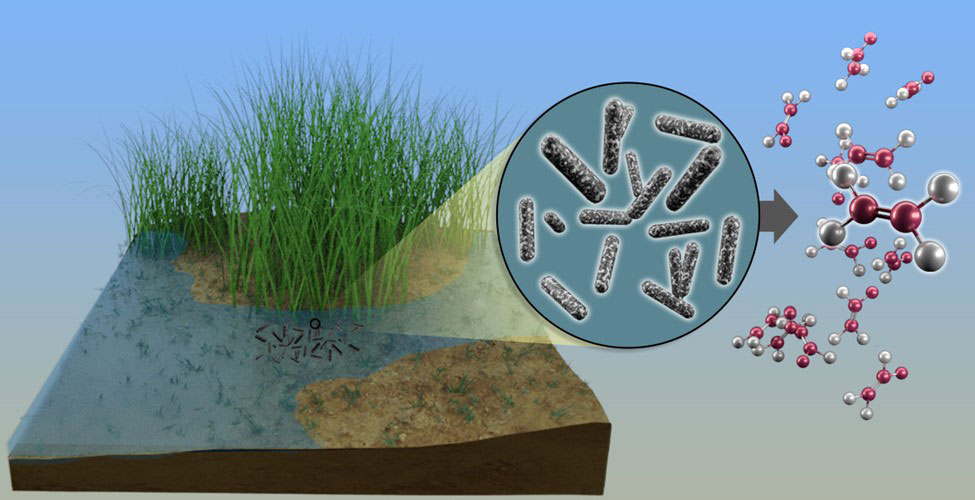
An enzyme system frees sulfur from small organic compounds to make a surprising gaseous side product.
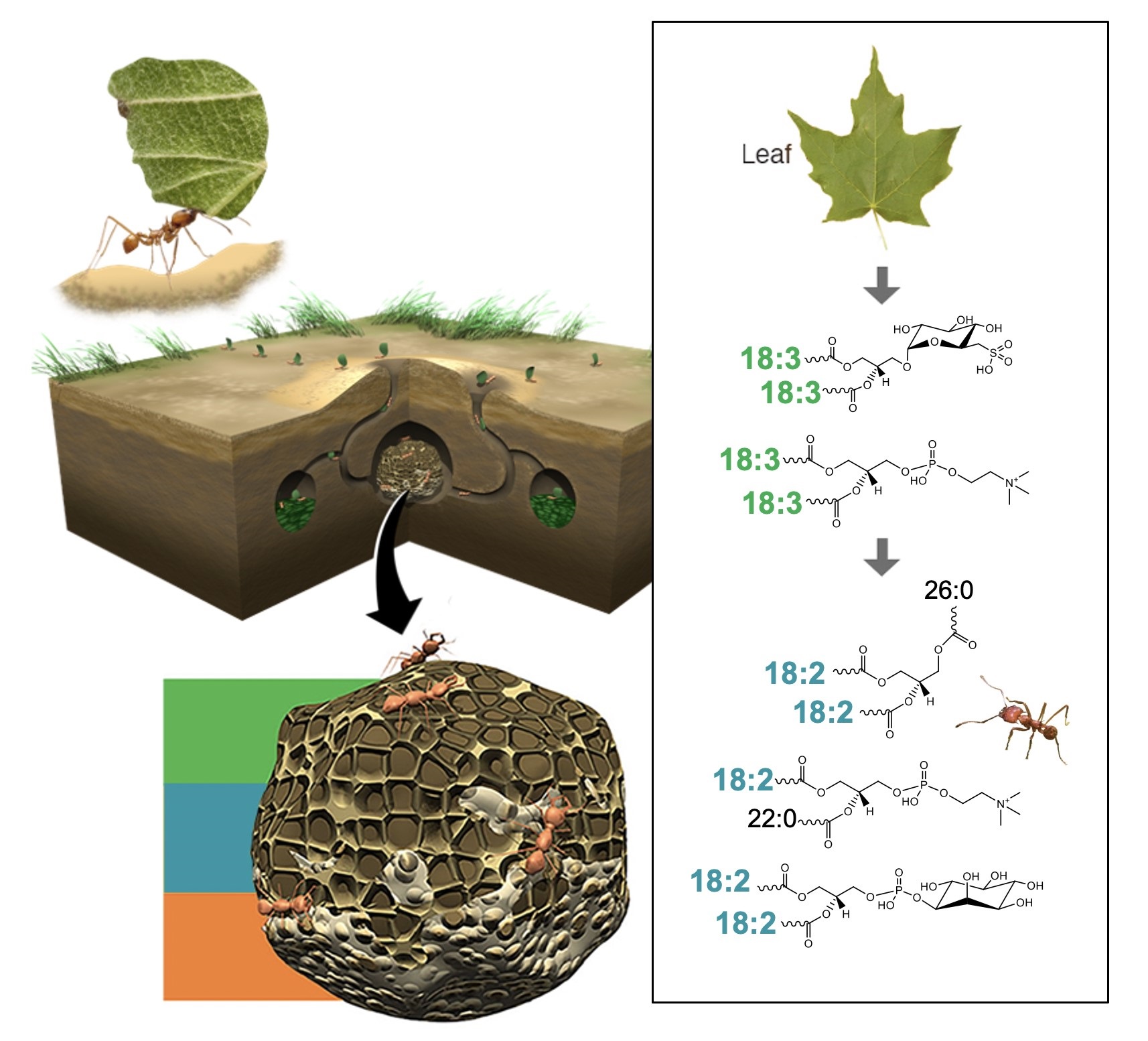
Lipids transfer energy and serve as an inter-kingdom communication tool in leaf-cutter ants’ fungal gardens.